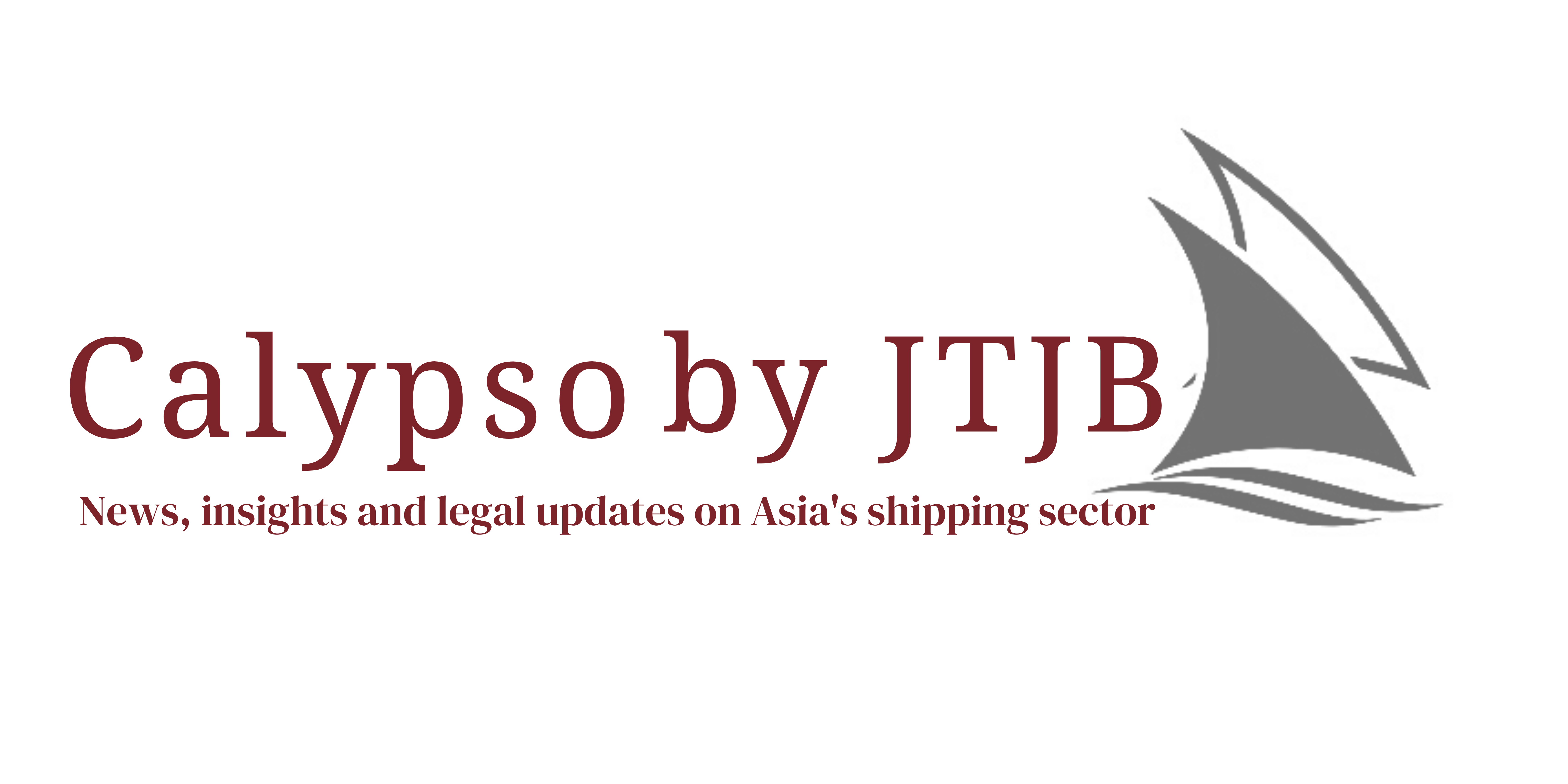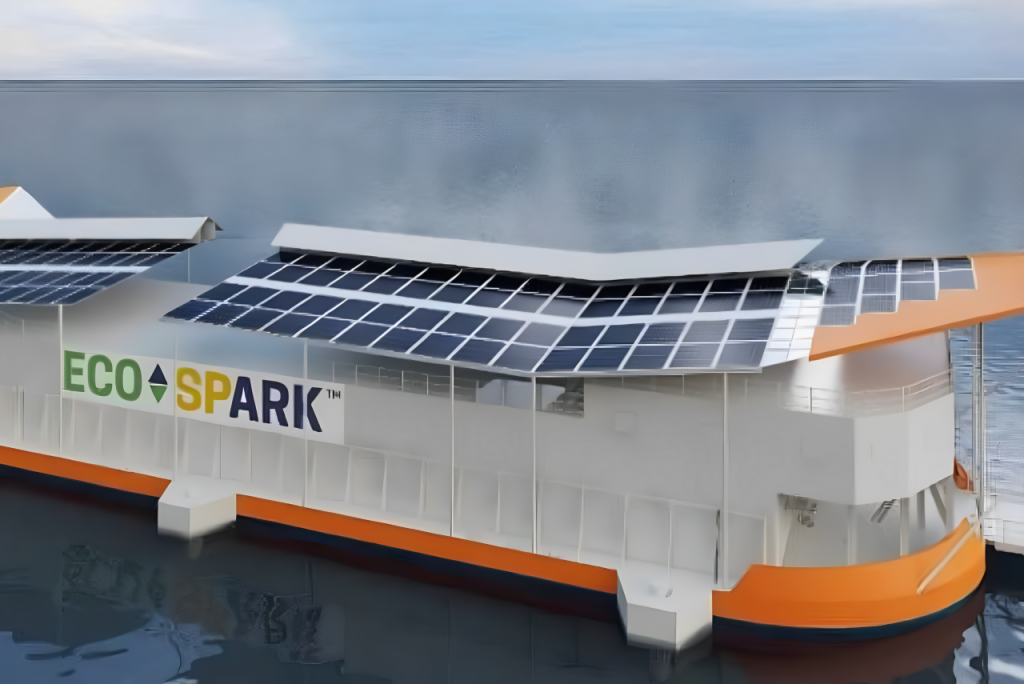
Defining a Ship: The “Eco Spark” Conundrum
In the recent case of Vallianz Shipbuilding & Engineering Pte Ltd v Owner of the vessel “ECO SPARK”, [2023] SGHC 353, the High Court of Singapore was faced with the question of whether a floating fish farm is considered a “ship” within section 2 of the High Court (Admiralty Jurisdiction) Act (“HCAJA”) which renders it liable to be arrested for maritime claims.
The vessel was formerly a barge known as “WINBUILD 73” and underwent conversion into a “Special Service Floating Fish Farm.” The claimant was engaged to carry out the conversion. The vessel was launched in Batam in February 2022. The vessel was then towed by an ocean tug to Singapore. Disputes subsequently arose as to the sums payable to the claimant.
The claimant filed an admiralty originating claim in rem against the vessel and the vessel was arrested. The defendant disputed that the vessel was a “ship” within section 2 of the HCAJA and sought release of the vessel from arrest along with damages for wrongful arrest. The defendant argued, among others, that the vessel’s conversion and stationary position rendered it immovable and ineligible for classification as a ship.
The court considered as a starting point the definition of a ship under the HCAJA. “ship” is defined as “includes any description of vessel used in navigation”. No definition of “vessel” is however found in the HCAJA. The court then turned to the Interpretation Act (“IA”). The IA defines certain terms and expressions used in the written law of Singapore. The definitions therein are to apply unless there is something in the subject or context inconsistent with such construction or unless it is therein otherwise expressly provided in the written law. Under the IA, “vessel” is defined as “includes floating craft of every description”.
The court proceeded to embark on a comprehensive examination of various factors, including the vessel’s actual use, classification, registration, and physical characteristics. The court outlined several factors for consideration and held that, “The inquiry is necessarily multi-factorial”. The more characteristics that a vessel can check against them, the more likely the vessel is a ship. At the same time, the failure to tick some of the boxes does not necessarily mean that the vessel cannot constitute a ship. Some of these factors are discussed below.
Actual Use and Capability for Navigation
One of the central issues addressed by the court was the vessel’s actual use and its capability for navigation i.e., whether she is navigable and built to withstand the perils of the sea, irrespective of its actual use. The court emphasized that the vessel’s capability for navigation, rather than its frequency of use, was paramount. The court stated, “The question is whether the degree of stationariness of a vessel is such as to render the vessel incapable of being used in navigation.”
In this instance, while the vessel is currently being spudded down into the seabed, the court found that the spuds are removable and retractable such that the vessel is not permanently stationary. The defendant has also been able to move other similar floating fish farms to another site by de-spudding them.
Characteristics of the Vessel
The court meticulously examined the physical attributes of the vessel, including its past use as a barge and subsequent conversion into a floating fish farm. Despite lacking traditional navigational features, the vessel retains its structural integrity and capability for navigation as evidenced by its past voyages and certifications. The court emphasized, “The installation of the ‘Special Service Floating Farm’ atop the barge structure did not result in such a significant change to the physical structure or design of the Vessel such as to render the Vessel (post-conversion) to no longer be navigable.”
Classification and Certification
The court also considered the vessel’s classification and certification, viewing them as essential indicators of its status as a ship. The court noted, “The undisputed evidence is that when the Vessel was undergoing her voyage under tow from Batam to Singapore in February 2022, she was classed with BV and flew the Singapore flag.” While the vessel subsequently did not maintain her class status, this was found to be attributable to the defendant’s failure to do so and not because the vessel is incapable of being classed.
Registration and Flag
While registration to a flag state was not deemed determinative, it served as an important factor in the vessel’s classification. The court recognized the significance of flag registration in maritime law, as it signifies a vessel’s adherence to regulatory frameworks and international conventions. The court emphasized, “The fact that the MPA (as the maritime and port regulator) required the Vessel to be classed and maintained in class…point[s] to the Vessel being a ship for the purposes of s 2 of the HCAJA.”
Conclusion
Having considered the various factors, the court found that the vessel was a ship within the meaning of section 2 of the HCAJA. Although the vessel did not possess some of the ‘usual attributes’ associated with a ship, the absence of these attributes did not represent a drastic departure to disqualify the vessel from being considered as a “vessel used in navigation” and thus a “ship” under section 2 of the HCAJA. The defendant’s application to set aside the arrest was accordingly dismissed.
The Singapore court’s analysis sheds light on the complexities of defining a vessel’s status. By considering various factors such as past use, physical structure, navigability, and regulatory compliance, the court ensures a nuanced understanding of each vessel’s unique circumstances. This approach fosters flexibility, allowing for the inclusion of diverse maritime structures under admiralty jurisdiction while upholding legal standards. It underscores the importance of a case-by-case evaluation and stakeholders are advised to consider the potential implications that might attract a particular sea-going structure.
Prepared by: Rafizah Gaffoor (Partner), and Emma Ng (Trainee Solicitor).
For more information, please feel free to contact our Shipping, International Trade and Logistics Practice Group – here
Don’t miss out on the latest legal updates and subscribe to our mailing list for timely insights – subscribe here
